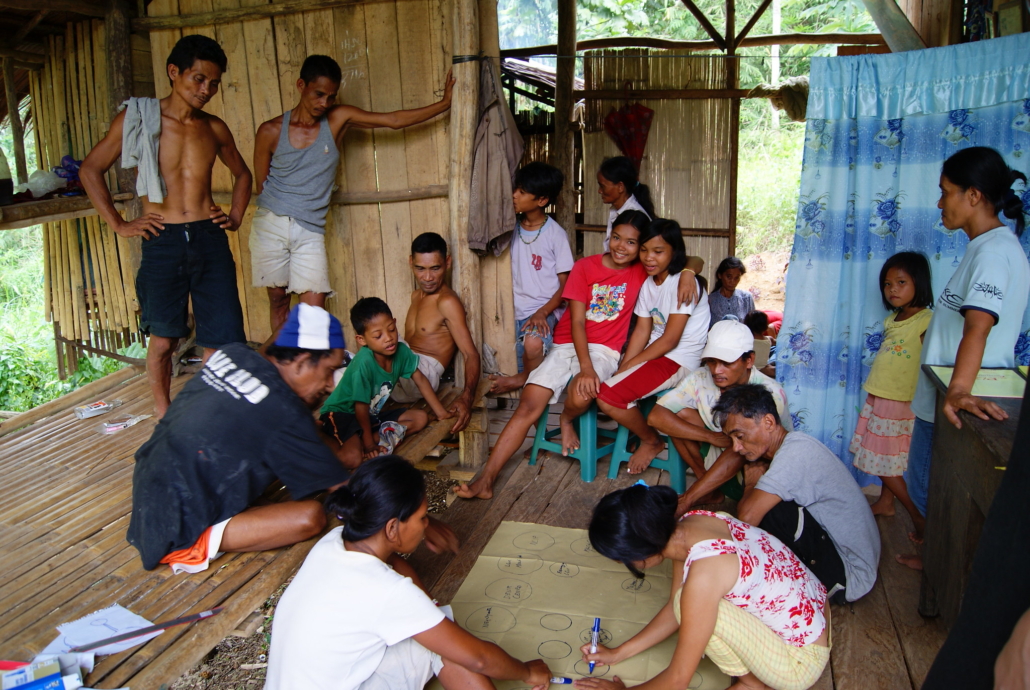Poverty Reduction in the Philippines

In a world where news too often reports problems rather than progress, it is essential always to have news that highlights the progress and accomplishments made to fix the problems. One piece of good news is the efforts and accomplishments aimed at poverty reduction in the Philippines. The Philippines has been making steady progress and gains towards poverty reduction as the country works towards its goal of eliminating poverty in the middle class entirely by 2040.
What Has the Philippines Accomplished?
The World Bank released a report on November 24, 2022, entitled “Overcoming Poverty and Inequality in the Philippines: Past, Present, and Prospects for the Future.” In this report, the World Bank highlighted how the Philippines have been making critical gains in their fight towards poverty reduction. One can attribute these gains to both high growth rates and the expansion of jobs primarily outside agriculture. According to the numbers, from 1985 to 2018, the poverty rate fell from 49.2% to 16.7%.
Additionally, the population of the middle class had ballooned to 12 million people, and the amount of the population that had become economically secure had reached 44 million people. The report highlighted more accomplishments as well, including “the expansion of secondary education, mobility towards better-paying jobs, access to basic services and government social assistance have started to reduce inequality since the mid-2000s.”
Anti-Poverty Programs in the Philippines
The government of the Philippines has introduced anti-poverty programs, which, according to the Department of the Interior and Local Government (DILG), have benefited around 4.7 million Filipinos. According to DILG Secretary Benjamin Abalos Jr., there are more than 1,000 projects that benefit more than 1.69 million Filipinos and have received funding from the Conditional Matching Grant for Provinces and Financial Assistance to local government units (LGUs). The president of the Philippines, Ferdinand R. Marcos Jr., has made it his priority to achieve poverty reduction in the Philippines significantly.
Recently, the Philippines has completed more than 2,778 farm-to-market roads, water and sanitation systems, health stations, school buildings, rural electrification and other infrastructure projects. These are specifically designed to benefit people who are both geographically isolated and disadvantaged under what is known as the Support to Barangay Development Program (SBDP). The current Filipino government has embraced poverty reduction initiatives, and the DILG chief reiterated a vow to fully support the current administration’s plans to “…improve the economy, increase employment, improve the ease of doing business, boost agricultural production, ensure food security, and continue social programs for the poor and the vulnerable.”
What Still Needs Improvement?
Despite the progress, more work is necessary. The COVID-19 pandemic has turned back progress in several areas across the globe, especially in the Philippines. Between 2018 and 2021, about 2.3 million people were pushed into poverty, according to the Filipino government. This increase is due to the economic downturn that COVID-19 has caused. In 2021, the number of people living in poverty rose to almost 20 million, which is a little more than 18% of the population. That is up from 16.7% in 2018.
The current President, Ferdinand Marcos Jr., aims to tackle this problem to reduce the poverty rate in the Philippines by nine percentage points by the end of his term in 2028. This goal remains achievable even though the country is wrestling with soaring inflation. The president’s focus is on three specific aims: “fully reopening the economy, investing in human capital and social protection and transforming production sectors to generate more quality jobs and competitive products.”
Before the pandemic, the Philippines had succeeded in its goal of pulling 6 million Filipinos out of poverty four years ahead of the original target date of 2022. The pandemic has had negative and long-lasting impacts that the world must work to overcome.
Conclusion
Great strides have been made to reduce poverty in the Philippines. There is a growing middle class, a long-term decrease from 1985 in the poverty rate and more people have started to achieve economic security. All of this, in addition to the expansion of secondary education and a reduction in income inequality due to government social assistance, has created good news for the fight against poverty.
The pandemic had a tremendous impact around the globe and has hurt essential progress worldwide in education and poverty. This is also true in the Philippines, which had made tremendous social and economic progress prior to the pandemic. Fortunately, the Philippines’ president is committed to slashing poverty by the end of his term and has set clear goals toward that end. With this mentality and attention to the problem, expect more good news in the fight to reduce poverty in the Philippines.
– Gary Williams
Photo: Flickr
